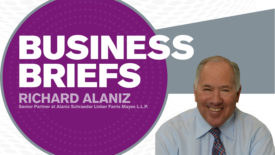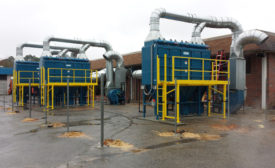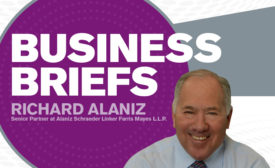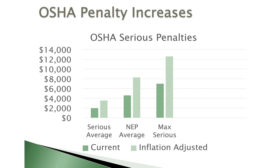Home » OSHA Regulations
Articles Tagged with ''OSHA Regulations''
Increases protections for 84M private sector workers
Read More
HVAC Employers Wait for Biden Vaccination Requirement Details
Any OSHA emergency standard faces limited enforcement resources and a tough history in court
Read More
Biden Announces COVID Vaccination Requirements for Larger Employers
Companies of 100 or more would verify vaccinations or weekly negative test results to avoid fines
Read More
How to Review Your Workplace Policies
The beginning of the year is a perfect time to review your company
Read More
OSHA Makes Recommendations on Workplace Ventilation
States take it a step further, place requirements
Read More
OSHA Inspections: What to Expect
Information to help you before, during, and after the inspection
Read More
HVAC Industry Celebrates OSHA Recordkeeping Win
The controversial Volks rule was officially overturned through the Congressional Review Act
Read More
Welding Shop Design for Educational Facilities
Should government regulations for hexavalent chromium be relaxed?
Read More
IIAR Continues Work to ‘Make Ammonia Great Again’
Industry trends are positive, but the legislative agenda will be slow in an election year
Read More
Copyright ©2024. All Rights Reserved BNP Media.
Design, CMS, Hosting & Web Development :: ePublishing















